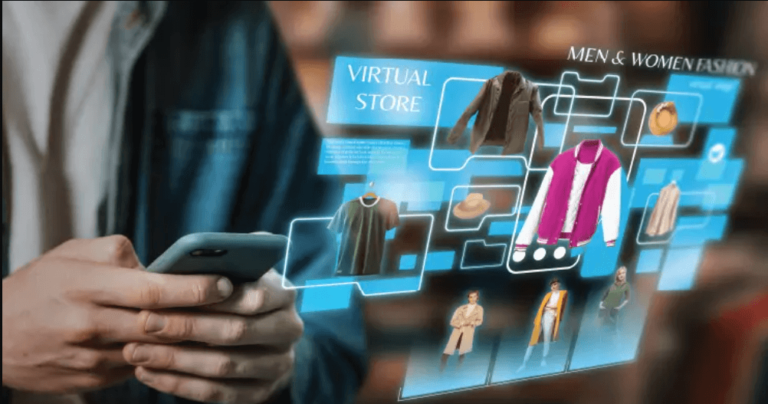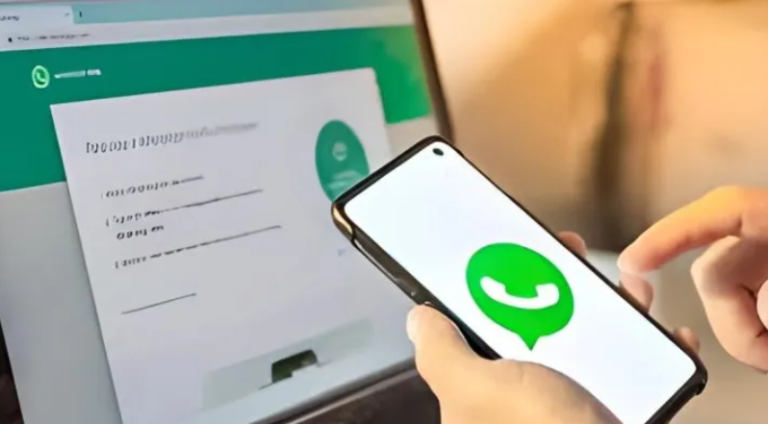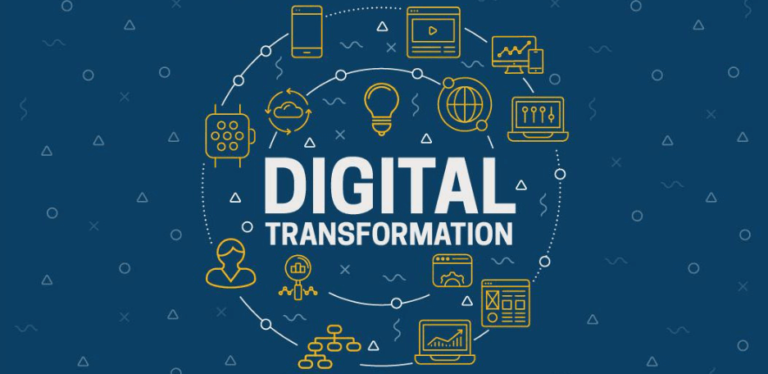How Digital Solutions Are Improving Access to Education
Digital solutions are fundamentally reshaping educational access for diverse populations. Online learning platforms provide tailored experiences that adapt to individual learning styles. Meanwhile, mobile technology plays a crucial role in reaching underserved communities, ensuring that resources are available to those who need them most. Interactive tools, such as gamification, foster greater student engagement. This evolution raises important questions about the future of education and the implications of these changes for learners worldwide.
The Rise of Online Learning Platforms
The emergence of online learning platforms has transformed the educational landscape, offering unprecedented access to knowledge and skills.
These platforms enhance online course accessibility, enabling students to learn at their own pace and from diverse locations.
With flexible learning options, individuals can tailor their educational journeys, fostering a sense of autonomy and empowerment that aligns with their personal and professional aspirations in a rapidly evolving world.
Bridging the Gap for Underprivileged Communities
While access to digital education resources has expanded significantly, underprivileged communities continue to face barriers that hinder their engagement with these innovative platforms.
Effective community initiatives focused on targeted resource allocation can empower these populations, fostering greater accessibility and participation.
The Role of Mobile Technology in Education
Mobile technology has emerged as a transformative force in education, particularly in addressing the challenges faced by underprivileged communities.
Enhancing Engagement Through Interactive Tools
As educators seek to foster deeper engagement among students, interactive tools have emerged as pivotal resources in modern classrooms.
Gamification strategies, integrated into virtual classrooms, enhance motivation and facilitate active learning. These innovative approaches encourage collaboration, allowing students to explore content dynamically.
Conclusion
In conclusion, digital solutions are not merely enhancing educational access; they are redefining it. By fostering flexibility in learning, promoting inclusivity for underserved populations, harnessing the power of mobile technology, and enhancing engagement through interactive experiences, these innovations are creating a more equitable educational landscape. As students embrace these advancements, they are not only gaining knowledge but also developing the skills necessary for a dynamic future, ultimately empowering them to thrive in an increasingly digital world.





